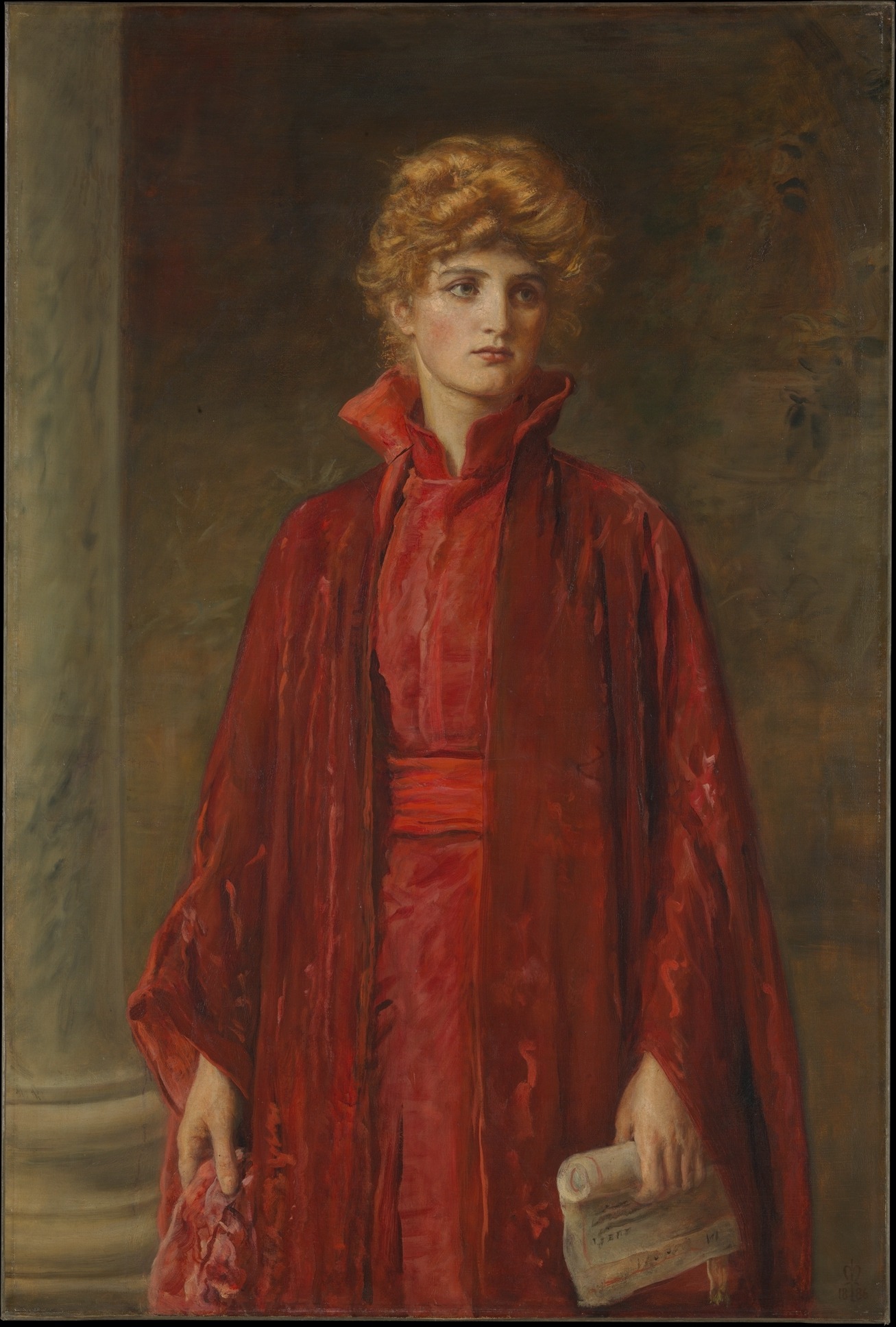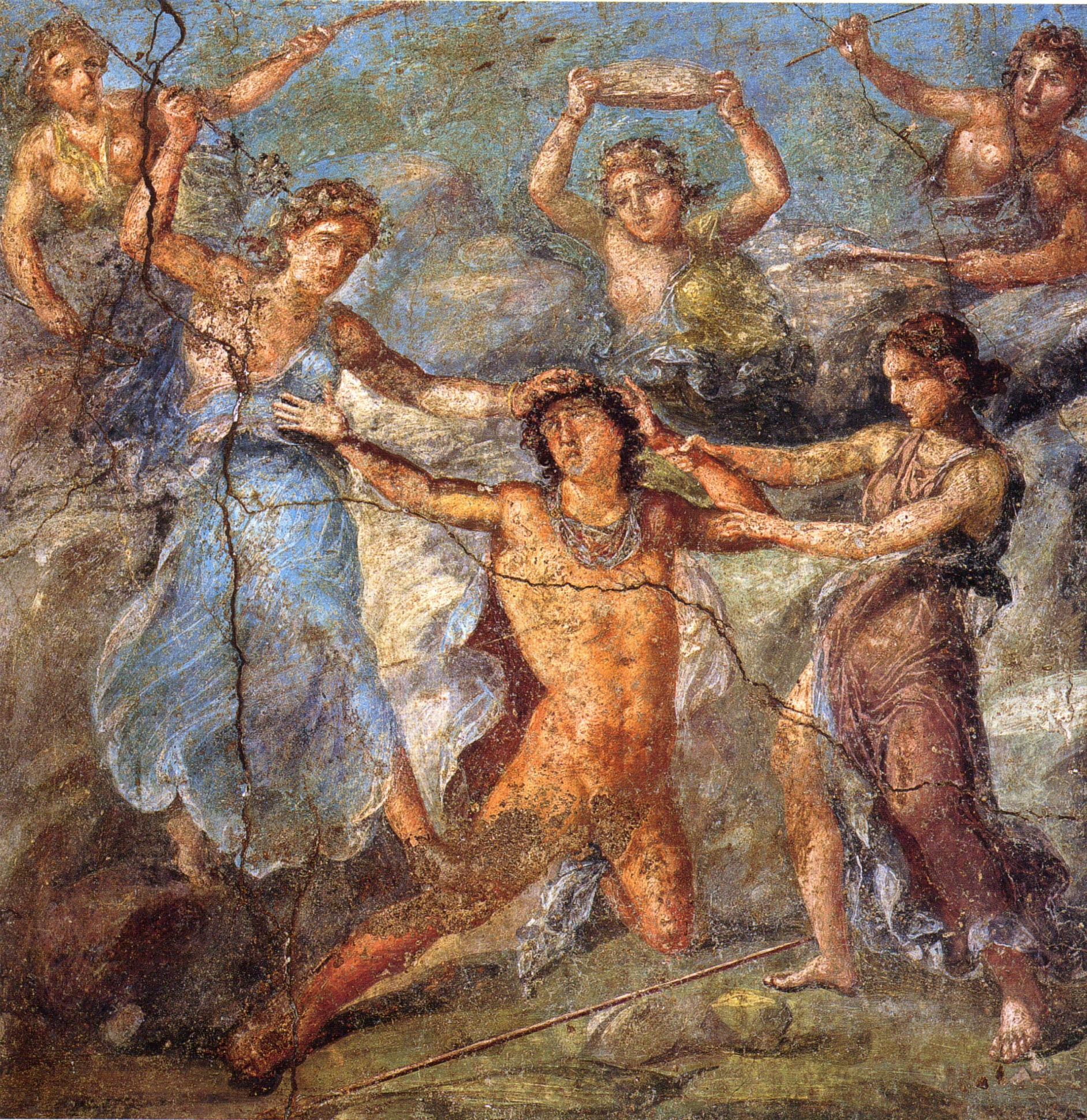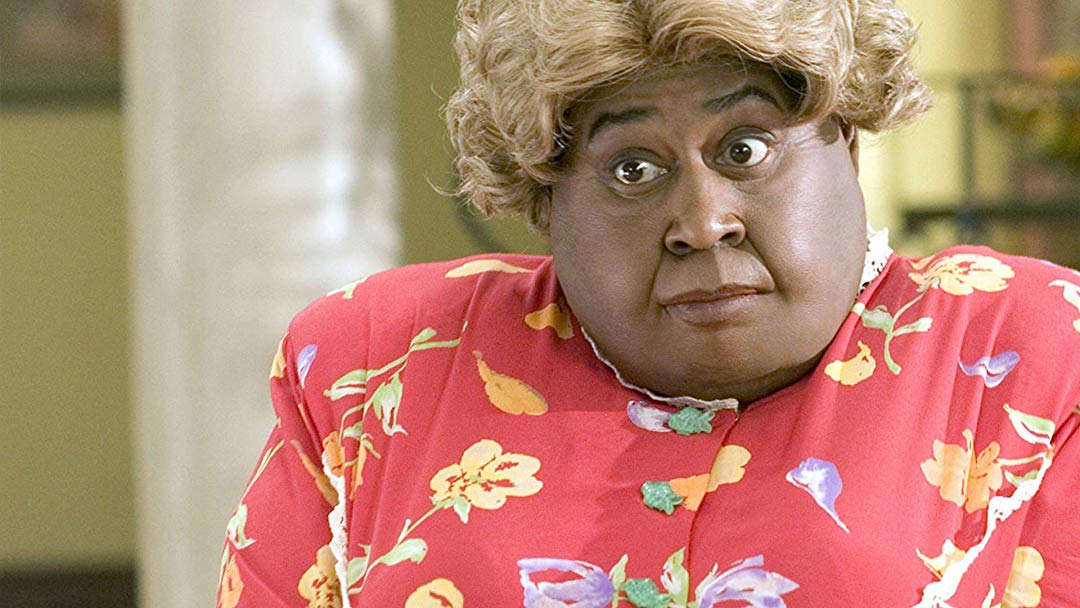The Cross-Dressing Trope

By Shruti Kothari
Staff Writer
5/9/2019

The Lady Eowyn takes on the identity of Dernhelm, a male soldier, in the Lord of the Rings
One literary trope that’s transcended thousands of years, cultural differences, and genres is cross-dressing – protagonists taking on the guise of a gender they don’t identify with for one reason or another.
In societies where combat is restricted to males, female protagonists dress as men to join the military. J. R. R. Tolkien had the Lady Eowyn dress as a male so she could ride to the Battle of Pelennor Fields undetected in The Lord of the Rings (1955), and Scott Westerfield’s Leviathan (2009) had the determined Deryn Sharp disguise herself to join the British Air Service.
Many characters cross-dress to take on roles they otherwise couldn’t. In Shakespeare’s The Merchant of Venice (16th century), Portia plays the male lawyer Balthazar to defend Antonio in court, as female lawyers did not exist. In Alias Madame Doubtfire (1987), or its movie adaptation Mrs Doubtfire, a devoted father masquerades as a Scottish nanny to see his children, against custody agreements.

Portia
Another frequent reason for cross-dressing is gaining access to a lover. Sir Philip Sidney’s Pyrocles dons the guise of an Amazonian woman to be with his love, Philoclea, in the hilarious, old-school sitcom Arcadia (16th century). Ashiya Mizuki conceals her gender to join her crush’s all-boys school in the manga Hana Kimi (1996). In Sarah Waters’ Tipping the Velvet (1998), the protagonist, Nan, who dressed like a man, is able to pursue full-blown lesbian romances in the Victorian era.
Another frequent reason for cross-dressing is gaining access to a lover.
Some characters cross-dress to access information. Dionysus tricked Pentheus, the original Peeping Tom, into cross-dressing to spy on the Maenads, which he envisioned as a ladies-only orgy, in The Bacchae by Euripides (405 BC). The enterprising Mademoiselle de Maupin in Theophile Gautier’s eponymous novel dressed as a male to find out how men behaved when women weren’t around, so she’d know what she was getting into when she got married.

SPOILER ALERT: Pentheus gets caught
Sometimes, characters cross-dress to evade jealousy. William Wycherley’s leading lady in The Country Wife (1675), Margery Pinchwife, is forced to dress as a young man around town by her insecure husband; this poor ruse unfortunately elicits even more male attention. Shakespeare’s Falstaff, attempting to court the married Mistress Ford in The Merry Wives of Windsor (1602), disguises himself as her large aunt to escape her husband’s ire.
In movies like White Chicks (2004) and Big Momma’s House (2000), protagonists dress as specific members of the opposite gender. I’d argue that this is more accurately described as impersonation than cross-dressing. The identities were likely picked for comic effect, as there is still a sense of men degrading themselves when they act as women – recall how the hyper-macho Hercules was compelled to don female garb as a form of punishment and humiliation.

In Big Momma’s House, Martin Lawrence plays an undercover cop who impersonates an overweight grandmother to ferret out information on a crime
With the advent of gender equality, this device is likely to become less and less funny with time. Thousands of years of cross-dressing characters have rested on thousands of years of institutionalized sexism. Costuming women as men, or men as women, made sense when that mirrored reality. The pirates Mary Read and Anne Bonny’s daring disguises, or Hatshepsut’s propensity to dress as a male Pharaoh, fake beard included, inspired many, but dressing as a man to thieve, rule, or anything else, is outdated. As gender stereotypes decline, so will this trope. As for stories like Hana Kimi, how long will single-gendered organizations last? Just this February, Yale students sued the school and its male-only fraternities for gender discrimination. Students from other universities are sure to follow suit.
The static boxes around sex and sexuality are giving way to fluid spectrums, so the need to conceal gender to maintain a relationship will fade. Simply pretending to be someone of the opposite sex may not be enough to deflect jealous lovers anymore. While the gender bending may have been obfuscating, often the disguises are chosen not because playing a member of the opposite sex is imperative, but because it simply adds confusion, in the way a prosthetic nose would. We’re living in the era of boyfriend jeans, and aside from men who already wear the traditional kilts, lungis, sarongs, and so on, designers like Marc Jacobs are changing the feminization of skirts and dresses.
With fashion becoming more epicene, dressing as the opposite sex will no longer mean anything (imagine our future like Philip K Dick describes in Ubik, where wearing “fuchsia pedal pushers, pink yak fur slippers, a snakeskin sleeveless blouse, and a ribbon in his waist-length dyed white hair” was not cross-dressing, just simply dressing). Sure, certain biological factors like breasts and rounded hips are more characteristic of women, but in the same way, disguising your skin tone or hair color would work just as well.
With fashion becoming more epicene, dressing as the opposite sex will no longer mean anything.
Of course, in certain societies, debilitating sexism is still regnant; in just 2014, a Saudi Arabian woman was arrested for dressing as a man to watch a football game. Still, the more conservative countries are liberalizing too, aided by increasing globalization. The Bible says, “A woman must not wear men’s clothing, nor a man wear women’s clothing, for the Lord your God detests anyone who does this.” Despite this, Western history is full of such people, who are often celebrated. Today, it’s completely normal for women to wear trousers.
While this paradigm shift may make this trope obsolete in stories set in the present, the context of the past will continue to support it. Of course, old stories, fresh stories set in the past, fantasy, or dystopian science fiction, will ensure a lasting (if diminished) role for the cross-dressing trope.
Related posts:
